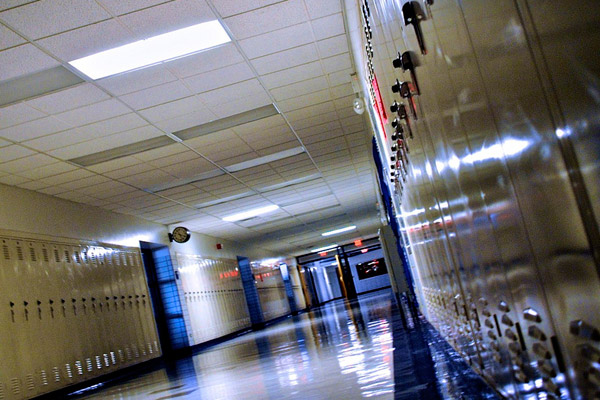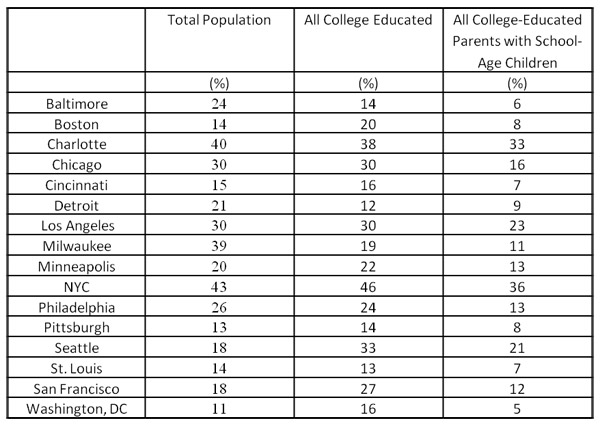
Because I transferred, I had to go through the college applications process twice; the experience I gleaned the first time didn't make it easier or more pleasant the second time around. But it seems like a pleasant hobby compared to figuring out how to navigate the Chicago Public Schools, as described in Chicago's annual Best Public Schools package:
Throw out the tier map and move to an area that boasts an excellent neighborhood school. But where? Until recently, matching available real estate to public school boundaries was a laborious time suck—a home-by-home research project using the CPS school locator.
[snip]
There are two elementary school applications—one for the magnets and another for the nine regional gifted centers (such as Keller, Lenart, and Edison) and the five classical schools (Decatur, McDade, Poe, Skinner North, and Skinner West). There is a separate application for the selective enrollment high schools.
[snip]
Naturally, test prep services have rushed in. Next month, SelectivePrep, one of the pioneer businesses of this kind in Chicago, begins this year’s battalion of sessions across the city—$395 for eight two-hour classes, once a week after school or on the weekends.
So it's all the expense, time, and complication of applying to college, plus all the expense, time, and complication of apartment and house-hunting. Not to mention the fact that it's completely alien to me, as I suspect it is for anyone who didn't grow up in a big city. I had two high schools in my entire county (the less-country one and the more-country one), one magnet high school in the neighboring county, two non-religious private schools (the expensive prep school where the students wore ties and the hippie school), one Catholic school, and one evangelical Protestant school. Scaling that up to hundreds of options is terrifying; I can imagine that some people move to the suburbs just to make the process comprehensible.
And in Chicago, there's a big gap between the number of college-educated people in the city and the number of college-educated families with kids in the city, even compared to other major metropolises. Last month, the Chicago Fed's Bill Testa compared what percentage of the metro area's population lived in the central city with the college-educated percentage and the college-educated parents with schoolkids percentage, as of 2009. It's a pretty interesting portrait.

Chicago does pretty well on the first two counts—the city has the same proportion of the college-educated population as it does of the whole metro area population, suggesting that the city is a comparatively attractive place to live. (Compared to, say, Milwaukee, Baltimore, and Detroit, all of which have a proportionally lower percentage of their metro's college educated population.) But there's a big dropoff from all college-educated people to college-educated parents with schoolkids, the second-largest behind insanely expensive San Francisco. College grads come to the city, fall in love, get married, have kids… and then get out to the burbs, a familiar pattern and not one that's encouraging for the economic, cultural, and educational life of the city.
This, I think, has a lot to do with why the Emanuel administration has been in a full-court press on the schools, and why urban public schools have been a target for PAC spending and philanthropic powers since the last election cycle—as a means of arresting middle- and upper-middle-class flight.
Photograph: chicagozen (CC by 2.0)


